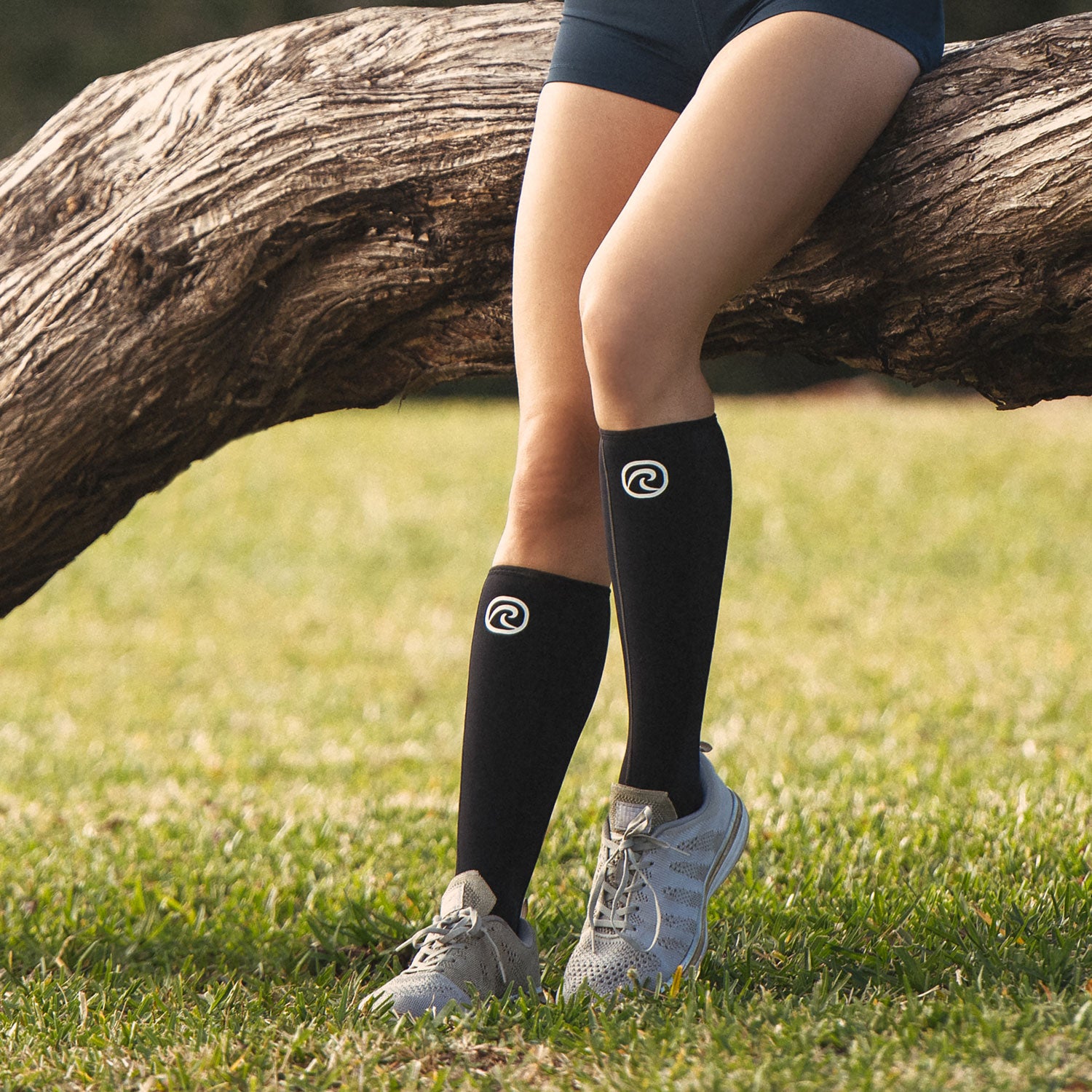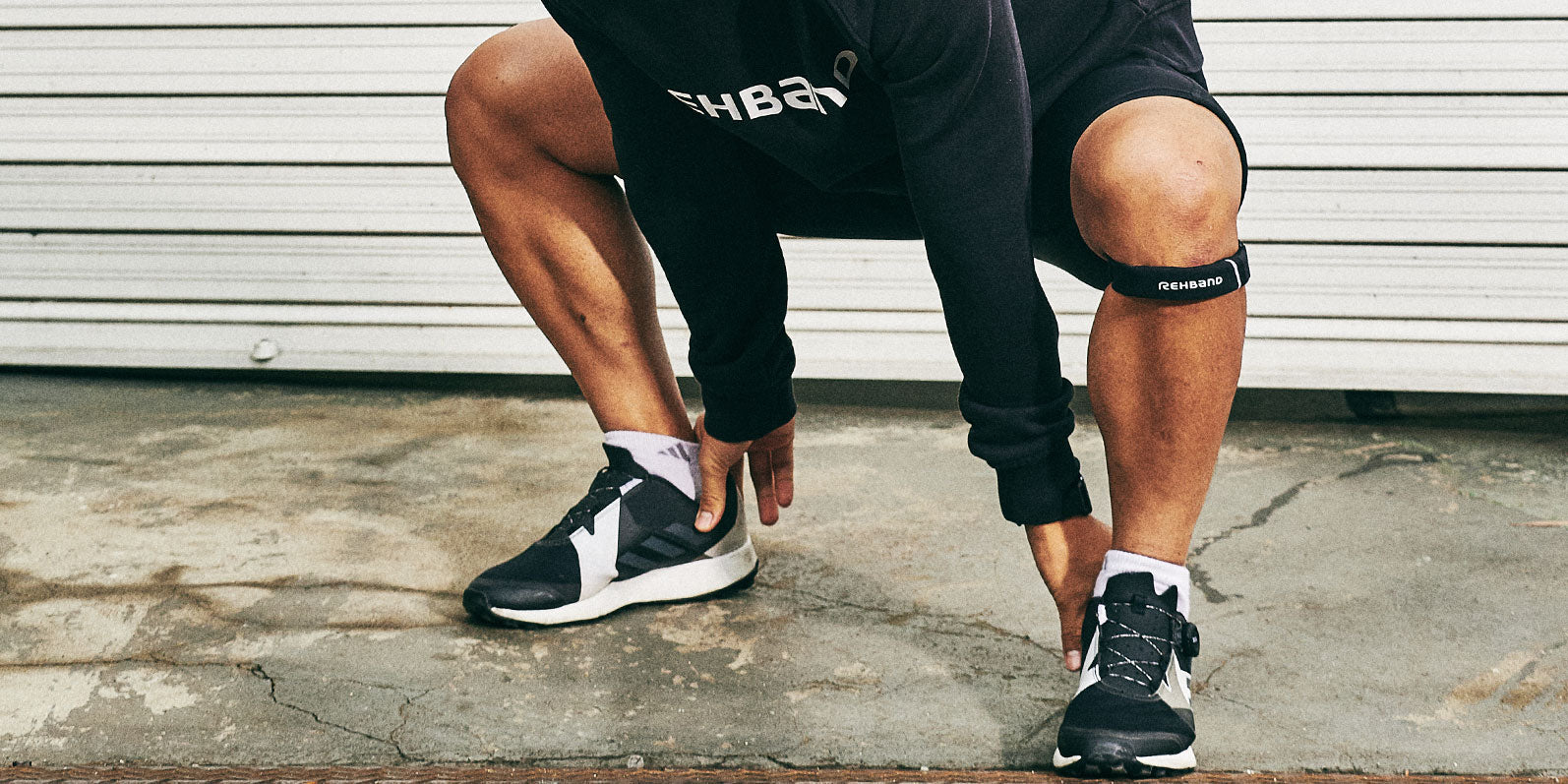Enkelverstuiking - Bandletsel aan de buitenkant van de voet
Bandletsel aan de buitenkant van de voet, vaak een verstuiking van de laterale enkel genoemd, is een veelvoorkomende blessure, vooral bij sporten met een hoge impact zoals handbal. Dit type blessure treedt vaak op wanneer een sporter springt en onhandig landt, waardoor de voet naar binnen rolt (een beweging die supinatie wordt genoemd). De laterale gewrichtsbanden, die zich aan de buitenkant van de enkel bevinden, kunnen uitrekken of scheuren als gevolg van deze onnatuurlijke beweging.
De meest aangetaste gewrichtsbanden zijn de anterieure talofibulaire band (ATFL), de calcaneofibulaire band (CFL) en de posterieure talofibulaire band (PTFL). Deze ligamenten zijn cruciaal voor het stabiliseren van het enkelgewricht en het voorkomen van overmatige bewegingen. Wanneer deze ligamenten beschadigd zijn, kan dit leiden tot pijn, zwelling, kneuzing en problemen met het dragen van gewicht.
De ernst van de verstuiking wordt ingedeeld in drie gradaties: Graad I (mild), waarbij de gewrichtsband is uitgerekt maar niet gescheurd; Graad II (matig), waarbij de gewrichtsband gedeeltelijk is gescheurd; en Graad III (ernstig), waarbij de gewrichtsband volledig is gescheurd. Beeldvormingstechnieken zoals röntgenfoto's of MRI's kunnen worden gebruikt om de omvang van de schade aan de gewrichtsbanden te bevestigen, vooral bij graad III letsels. Hoewel de meeste acute letsels aan de gewrichtsbanden geen chirurgische ingreep vereisen, is onmiddellijke en gepaste behandeling cruciaal voor een doeltreffend herstel.
Hoe te handelen bij een enkelverstuiking
De behandeling bestaat meestal uit het P.R.I.C.E. protocol: Bescherming, Rust, IJs, Compressie en Elevatie. Rust op de geblesseerde voet voorkomt verdere schade, terwijl ijs de zwelling en pijn helpt verminderen. Compressie door middel van een elastisch verband en de voet boven het niveau van het hart optillen kan ook helpen om ontstekingen te verminderen.
Naast P.R.I.C.E. worden vroege actieve revalidatieoefeningen aanbevolen om het bewegingsbereik, de kracht en de stabiliteit te herstellen. Dit kunnen rekoefeningen, versterkende oefeningen en evenwichtstraining zijn. Als de verstuiking ernstig is of als er complicaties optreden, kan een arts meer geavanceerde behandelingen overwegen, waaronder fysiotherapie of, in zeldzame gevallen, een operatie.
De hersteltijd varieert afhankelijk van de ernst van de blessure, van een paar weken voor lichte verstuikingen tot enkele maanden voor ernstigere gevallen. Preventiestrategieën omvatten een goede warming-up, versterkende oefeningen voor de enkel en het gebruik van ondersteunend schoeisel om het risico op toekomstige blessures te verminderen.









